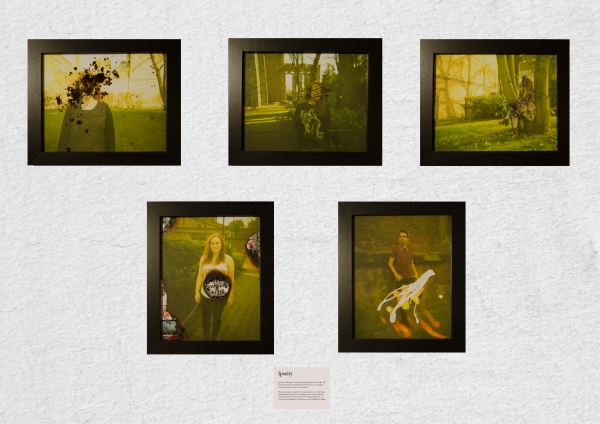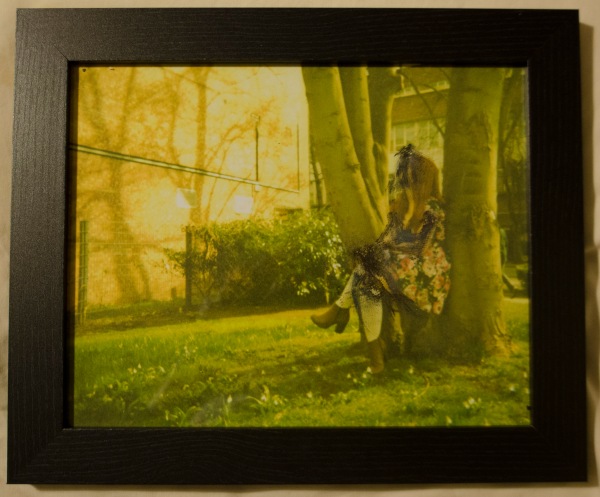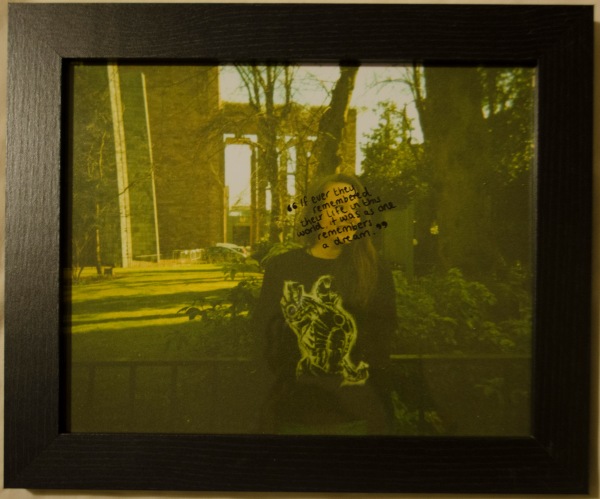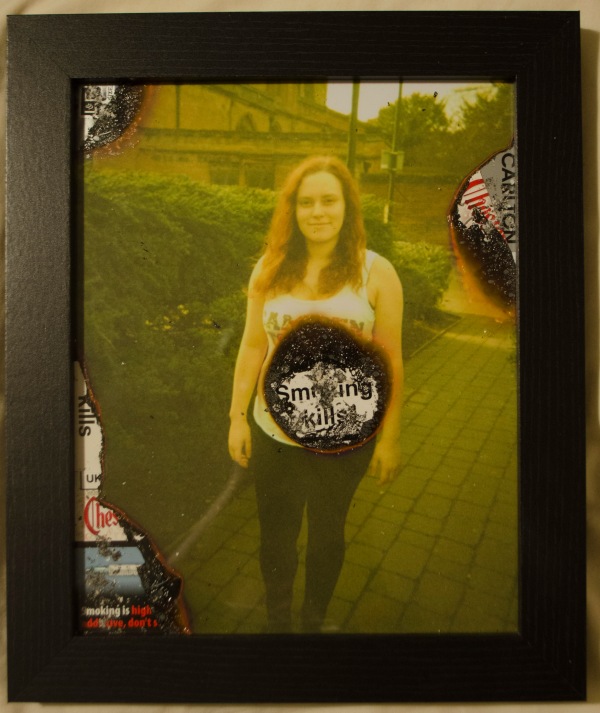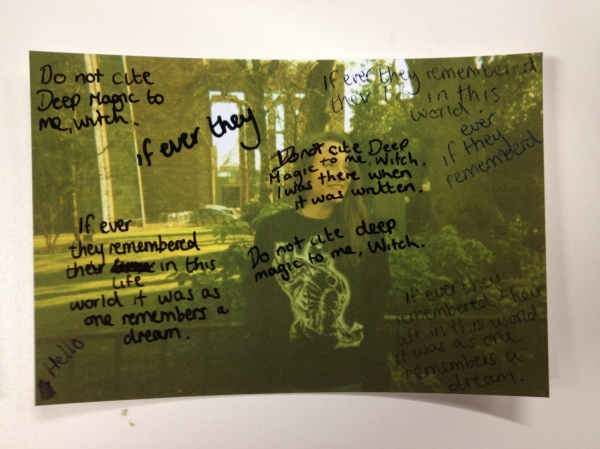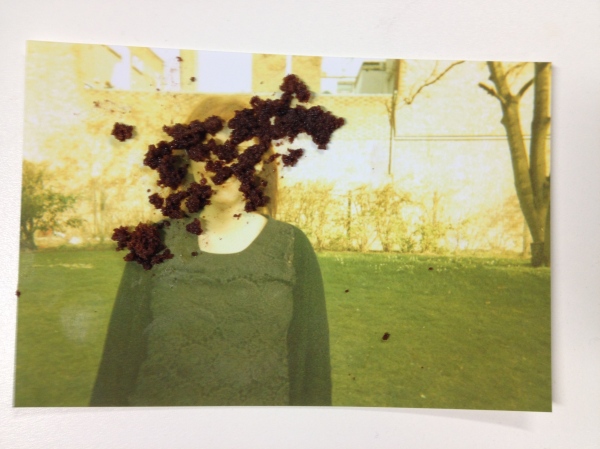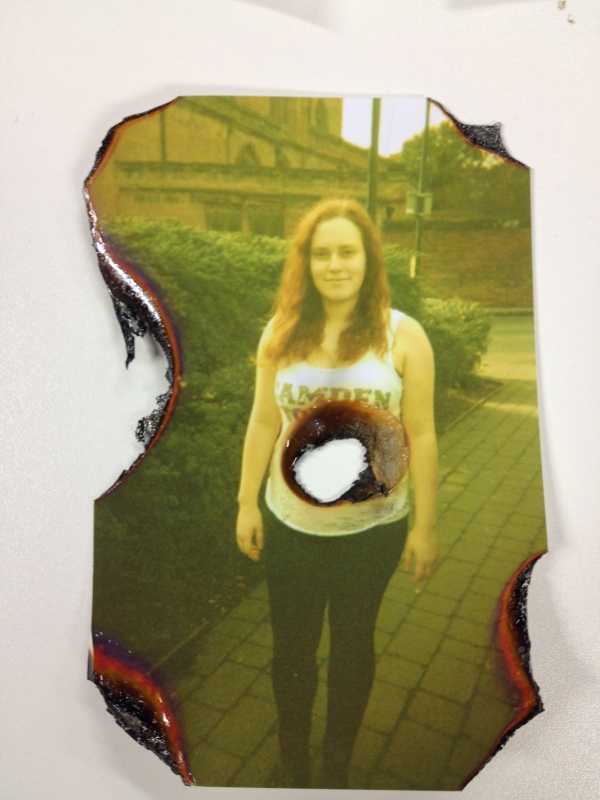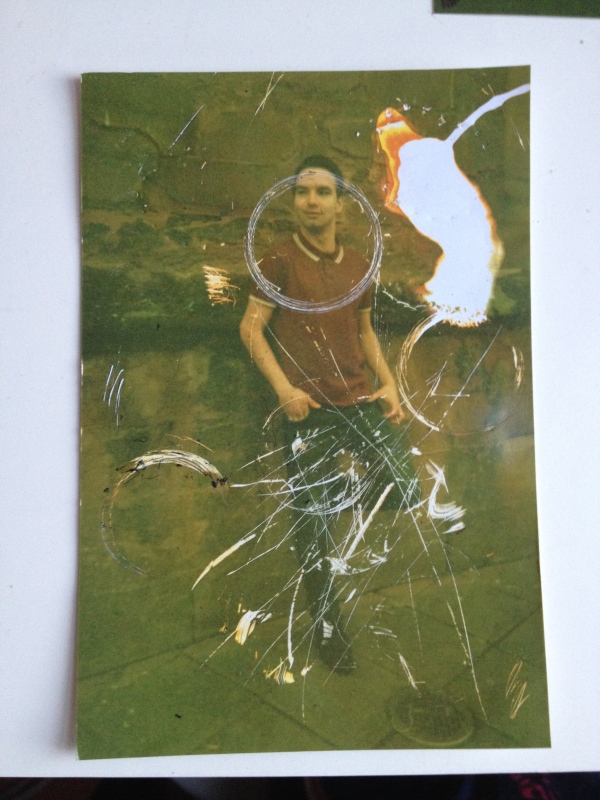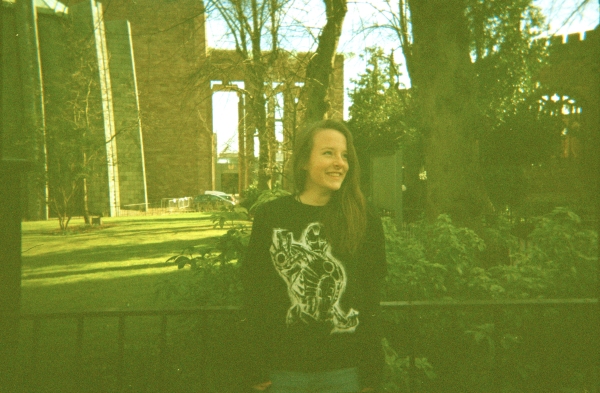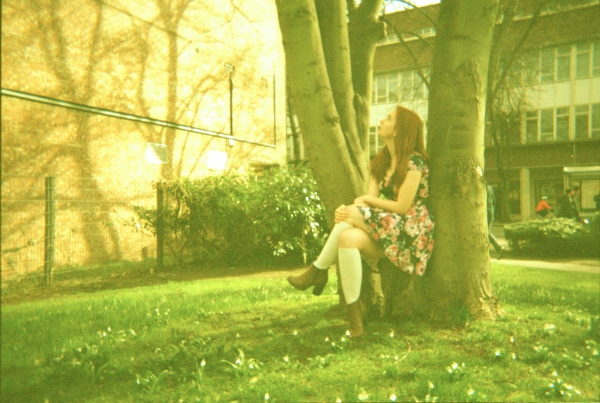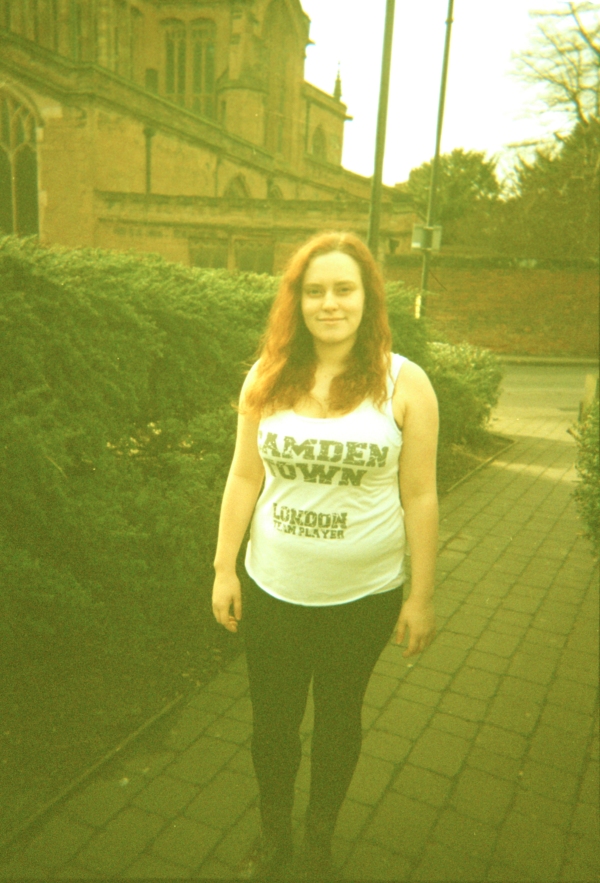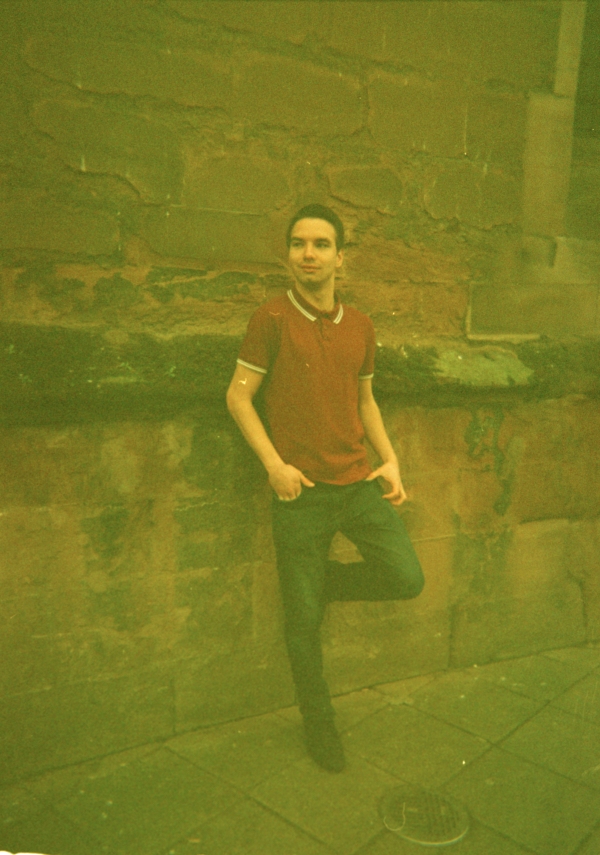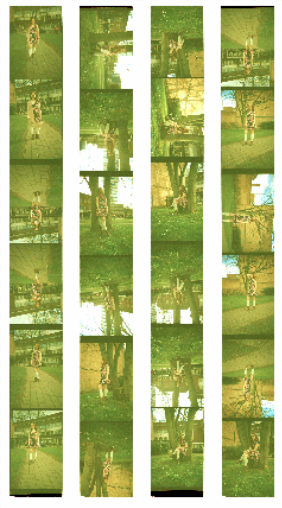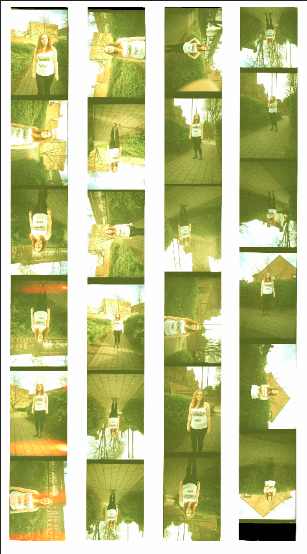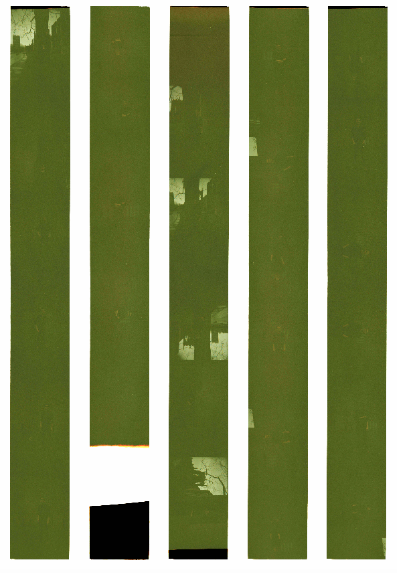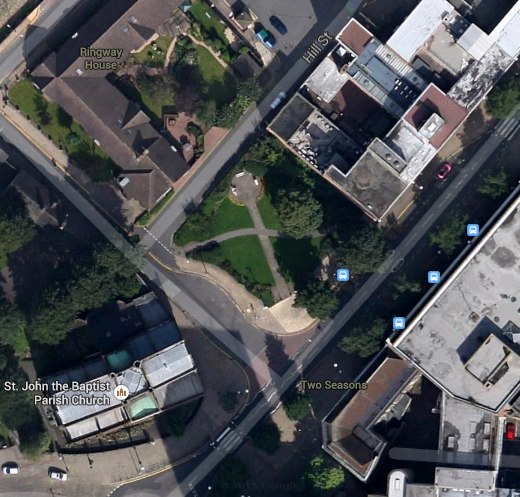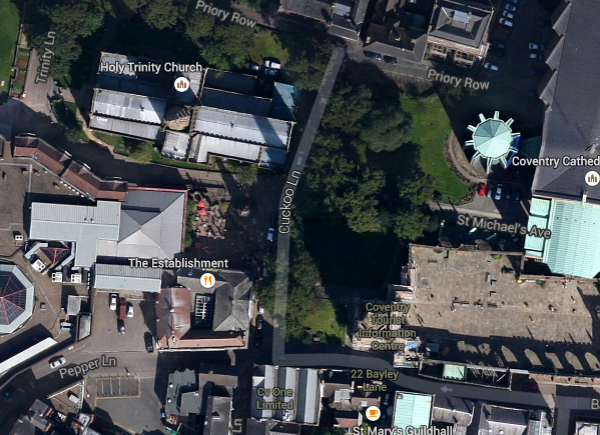My project “Retouch” is respondent to the ongoing issue of the media’s influence on body image through the manipulation of models. Although it is not such an obtrusive issue in the public eye, the discussion surrounding the implications of such images is becoming more prominent, and there has been a noticeable increase in the media’s coverage of the issue, including TV shows, radio segments and news reports. I wanted to demonstrate how easily an image can be altered and the frequency with which it occurs, but moreover, how often it influences a person’s self-perception. I researched the surrounding discussion on the topic and used my research paper to form the basis of my knowledge for this body of work.
The title of the project was determined through the creation of my satirical magazine cover. I used magazines such as Vogue for my inspiration, as they form the basis of the images I’m trying to replicate. I decided to use article teasers on the front cover to portray the concept, so that audience members can slowly come to the realisation that what they’re seeing isn’t a regular magazine cover, but that the process they’re witnessing is a regular reoccurrence, which will change their understanding of the piece.
I chose to experiment more with this than my previous projects, so I decided to work with video. I have never used video before so it was difficult to incorporate the production time into my schedule and I also had to consider the benefits of video over imagery to explore what footage could convey that images couldn’t. Based on the conceptual value of the footage, I decided that before and after compilation images weren’t enough to convey my concept, so I created time lapses to make the audience aware of all the manipulation that occurs before an image is published.
The presentation method of the piece was designed to have the biggest impact possible, to replicate the impact that these manipulated images have on body image perceptions. I chose to display the piece at A0 size so it would be indisputable to the viewer of the issues the piece is addressing. I have hung the piece with sticky foam pads because nails or pins would distract from the idea that it is a magazine cover, so I wanted a hanging method that was discrete.
The body of work exemplifies an ongoing issue within the digital age; the argument surrounding whether tools like photoshop are at fault, or whether it is the industry to blame? I feel that overall, the work functions well in relation to the audience and context for which it was created. The piece coherently demonstrates the themes and the underlying message through the use of satire and exposition. People who have never witnessed this type of manipulation before will be subject to a new experience and realisation, and for those who have seen it before, it will only reinforce the nature of the problem.

